The baobab tree : The genus Baobab contains nine species of deciduous trees in the hibiscus family, several of which are endemic to Madagascar. The trees are extremely long-lived, and the oldest known flowering plant is an African baobab.
The baobab tree : Introduction
The baobab tree : The baobab tree, belonging to the genus Adansonia, stands out as a remarkable botanical wonder with its peculiar appearance, extraordinary longevity, and cultural significance. With nine distinct species spread across Madagascar, Africa, and Australia, the baobab has captured the fascination of scientists, locals, and storytellers alike.
ALSO READ : The Arabian Sea : A Maritime Gateway And Ecological Treasure
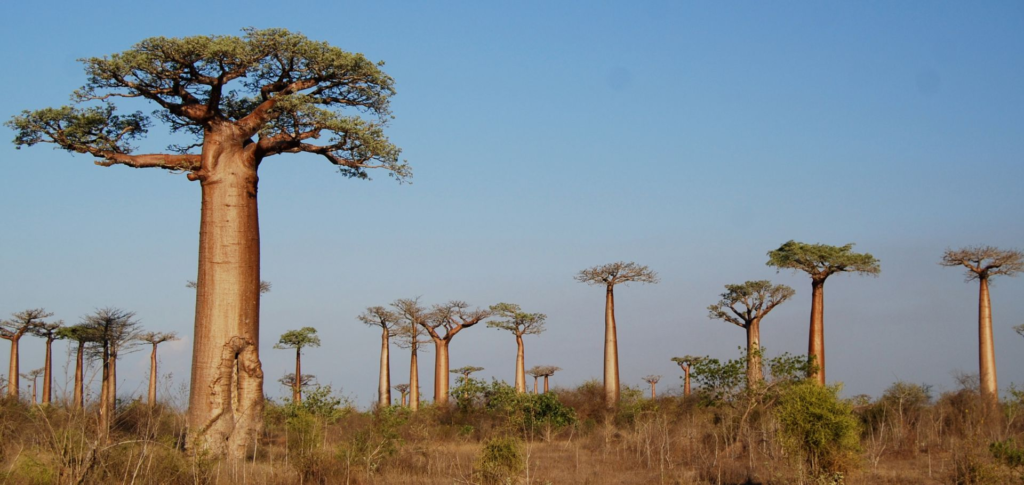
Diversity of baobab species
The baobab tree : The baobab genus comprises nine species, each with unique characteristics and habitats. Six species are endemic to Madagascar, two hail from mainland Africa and the Arabian Peninsula, and one calls northwestern Australia home. The Arabian legend of the baobab being uprooted by the devil adds a touch of mystique to these already enigmatic trees.
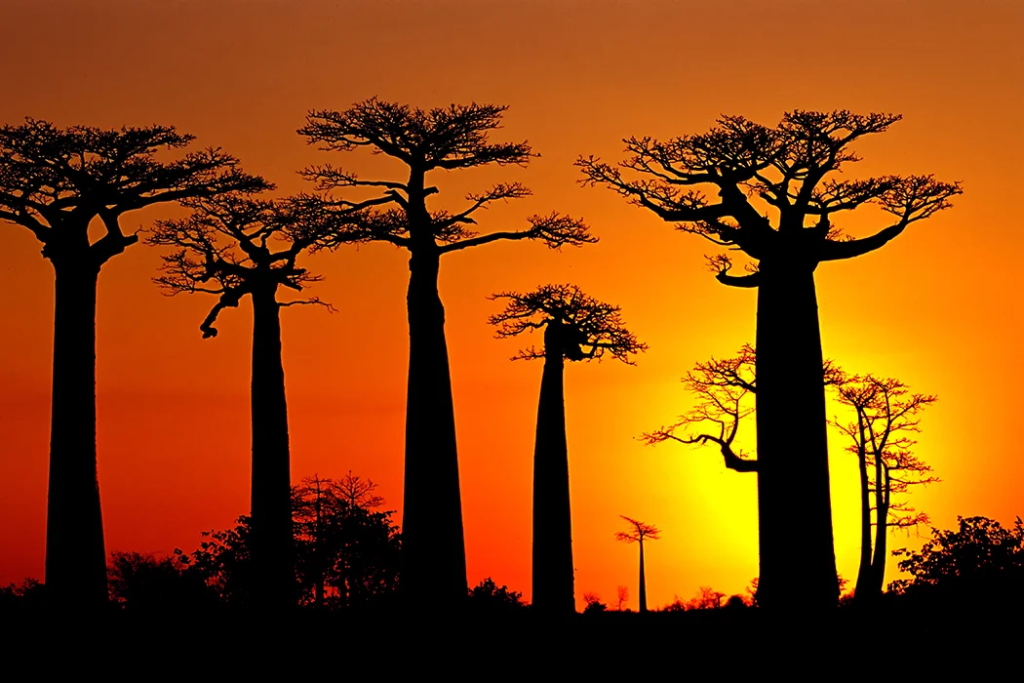
African baobab – The tree of life
The baobab tree : The African baobab (Adansonia digitata) takes center stage as the oldest known angiosperm tree, with some specimens dating back over a millennium. Dubbed the “Tree of Life,” it thrives in the arid regions of Africa, featuring a massive water-storing trunk, pendulous flowers pollinated by bats and bush babies, and edible leaves. The large gourdlike fruit, with its mucilaginous pulp, offers a refreshing drink. Sadly, climate change has taken a toll on these giants, causing the demise of several ancient specimens since 2005.
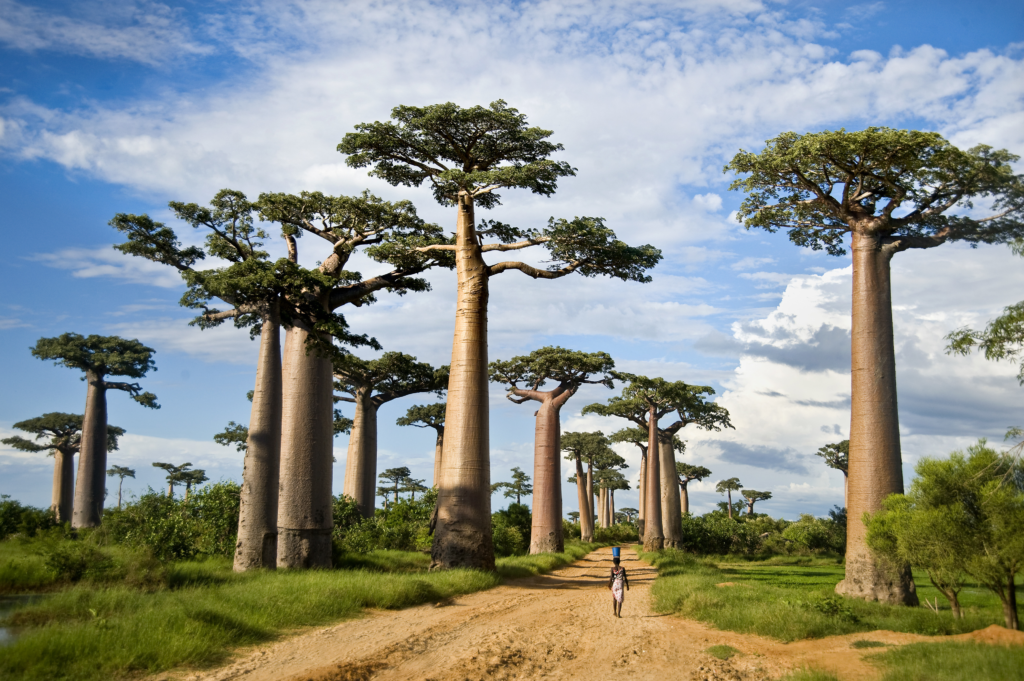
Distinctive features of baobab species
The baobab tree : A. kilima, recognized as a distinct species in 2012, reveals a fascinating divergence from its African baobab relatives. This species exhibits a preference for mountainous habitats across mainland Africa, setting it apart from the predominantly lowland distribution of the African baobab. Beyond its geographical distinctions, A. kilima boasts unique floral and pollen characteristics, contributing to its status as a separate entity within the Adansonia genus.
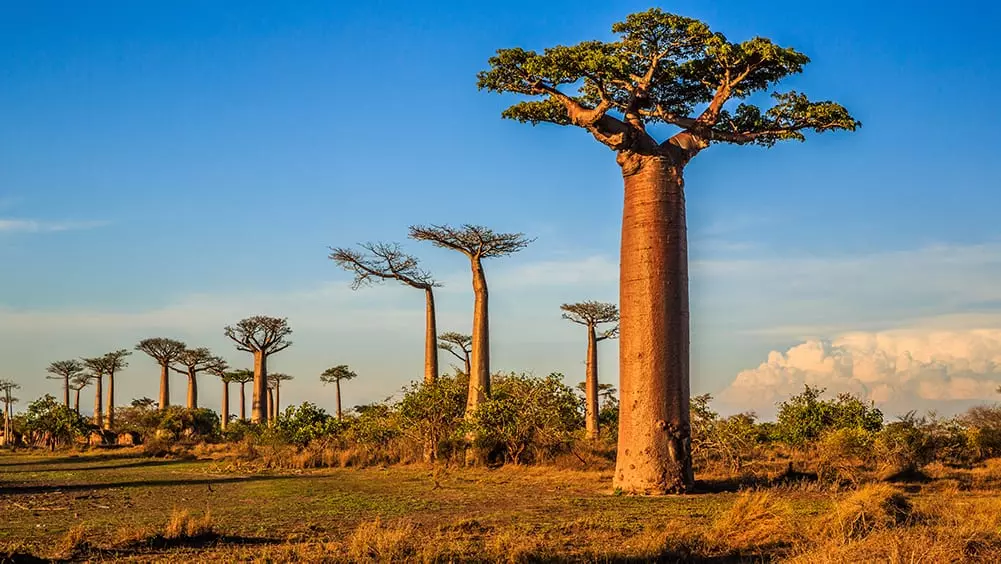
Turning our attention to the captivating baobab species of Madagascar, we encounter six variations that showcase a mesmerizing array of traits. From compact crowns to trunks displaying a spectrum of colors ranging from gray-brown to red, each Madagascan baobab species has evolved to thrive in its specific ecological niche. The diversity extends to their pollination methods, with some relying on bats and lemurs, while others enlist the assistance of hawk moths.
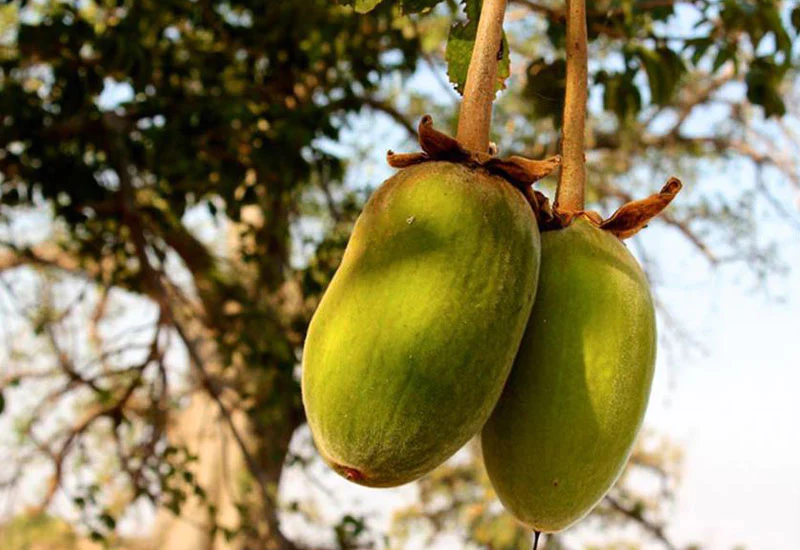
However, the enchanting allure of these Madagascan baobabs is accompanied by a looming threat. Habitat loss, primarily driven by human activities, poses a significant danger to several of these species. As a consequence of this perilous trend, a number of Madagascan baobabs find themselves listed on the International Union for Conservation of Nature (IUCN) Red List as endangered. This designation serves as a stark reminder of the urgent need for conservation efforts to protect these magnificent trees from potential extinction.
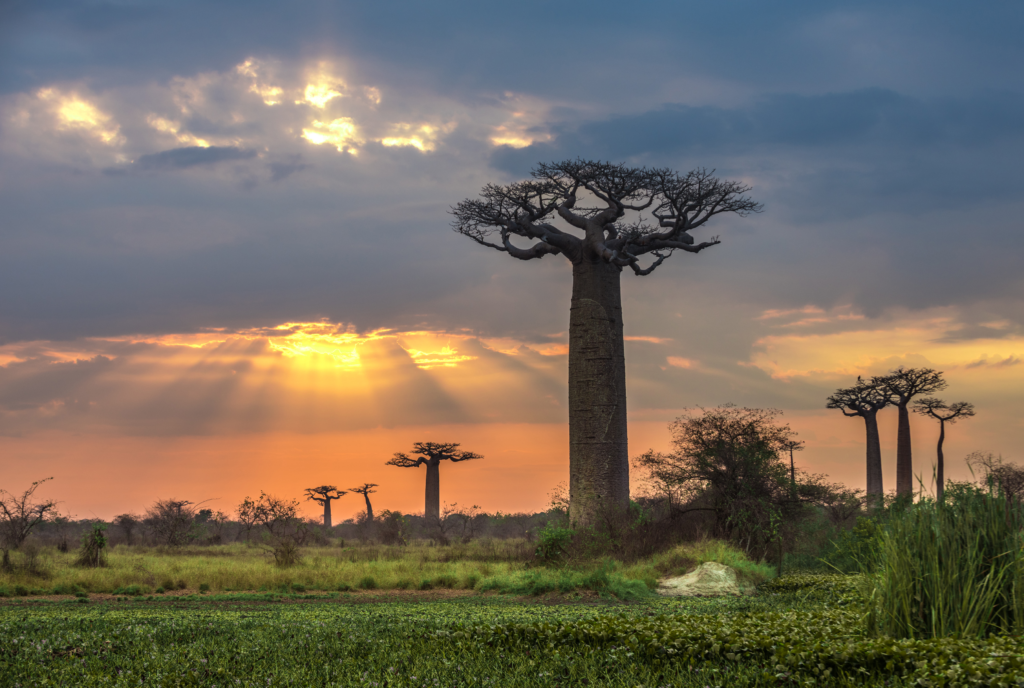
The Australian boab – A unique traveler
The baobab tree : A. gregorii, known as the boab or bottle tree, represents the sole baobab species in Australia, found in the Kimberley region of Western Australia. Its swollen trunk and large, perfumed flowers share similarities with its African counterparts. Contrary to earlier assumptions of its ancient origin, recent evidence suggests the boab may have reached Australia through long-distance seed dispersal from Africa.
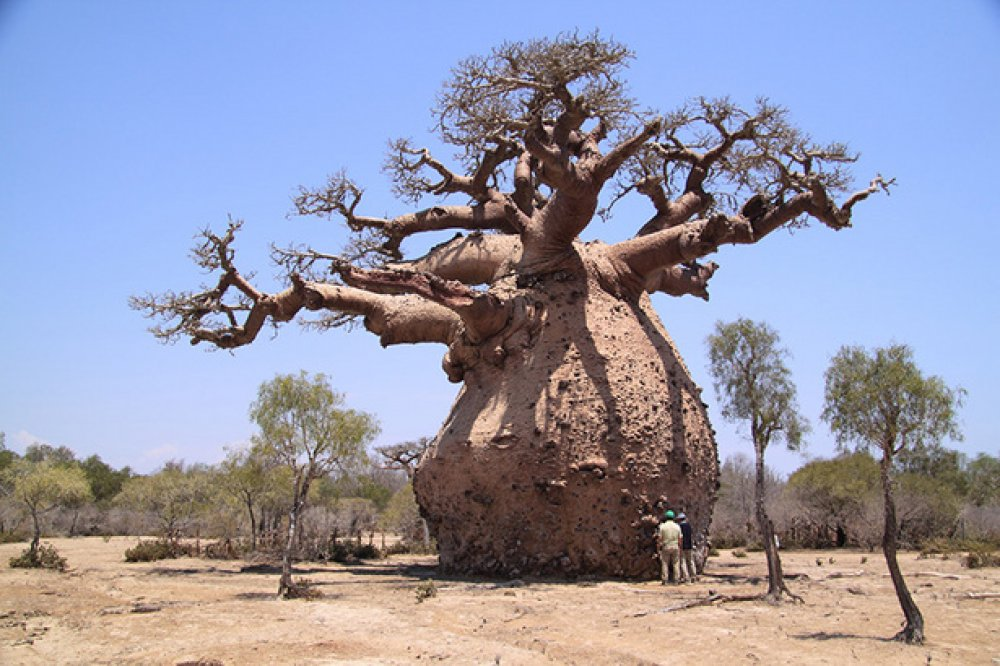
Cultural and ethnobotanical importance
The baobab tree : Baobabs play a crucial role in the lives of local communities. Edible leaves and fruits, medicinal properties, and versatile fibers from the bark contribute to the baobab’s significance. Hollow trunks serve various purposes, from water storage to temporary shelters, prisons, burial sites, and stables. Culturally and religiously revered, these trees are woven into the fabric of many societies.

Conclusion
The baobab tree : The baobab genus, with its diverse species scattered across continents, stands as a testament to nature’s ingenuity. From the iconic African baobab, a symbol of resilience facing climate challenges, to the unique Australian boab with its mysterious journey, these trees continue to captivate our imagination. As we appreciate their botanical marvels, let us also recognize and work towards preserving their cultural and ecological importance for generations to come.
To explore more news : Click Here
ALSO READ : The Bab Al Mandeb : Navigating Through The Gateway Of Global Tensions And Trade




































